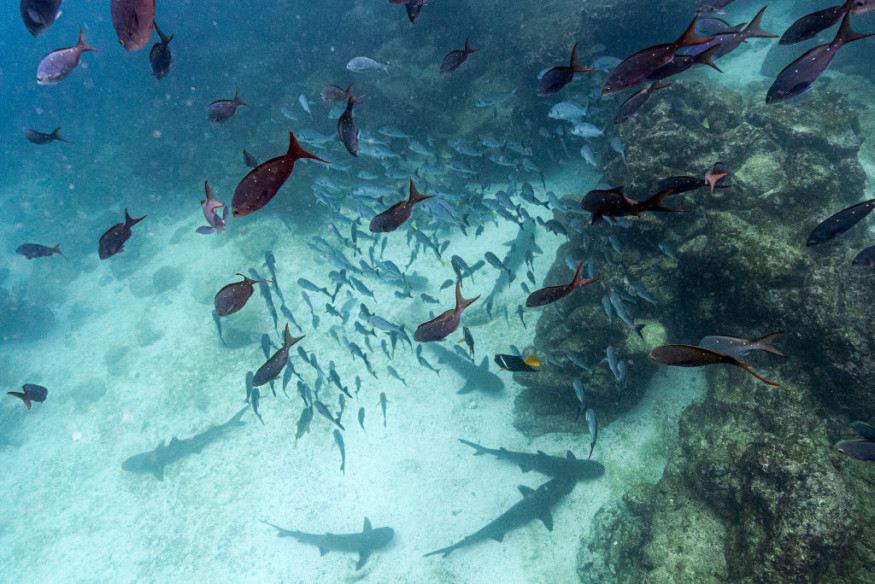
The ocean, home to some of the scariest creatures we know, was once even more terrifying. Long before today's sharks and barracudas, massive prehistoric creatures roamed the seas, dwarfing human size and posing a true threat to any other life forms nearby.
Here's a look at the top seven prehistoric sea monsters that once made oceans their home, along with some fascinating facts about their survival.
Pliodontosaurus
Another ancient predator, the Pliodontosaurus, lived in the Jurassic seas. Known for its massive, fang-filled mouth, this creature could be around six meters long and possibly even longer. Despite its enormous size, it moved with surprising agility, using its flippers to make quick turns and strike like a crocodile.
Megalodon
This giant shark, as long as a school bus, roamed the ocean between 25 million and 1.5 million years ago. While often linked to the time of dinosaurs, Megalodons actually appeared much later. Their extinction was likely due to climate changes and the last ice age, leaving no trace but their fossilized teeth.
Giant Horseshoe Crab
The giant ancient horseshoe crab was another huge prehistoric creature, spanning over two meters in length. These arthropods were thought to be venomous, with tails similar in structure to modern scorpions. Though they disappeared long before the dinosaurs, modern horseshoe crabs might carry a faint resemblance to these ancient giants.
Guitar Fish
Guitar fish, named for their unique shape, are gentle, bottom-dwelling animals found in shallow seas worldwide. Unlike their "musical" name, these creatures stay silent, feeding on small marine animals. Their flat bodies and long, pointed snouts have earned them the nickname "sea bishops," as their snouts resemble religious hats.
Related to rays, some guitar fish will poke their snouts out of the water, creating a face-like appearance that makes them popular in aquariums, NHM said. Their underside, with crushing jaws and breathing holes, adds to their curious look, making them a fascinating part of ocean life.
Melville's Whale
Melville's Whale, named for the author of Moby-Dick, was a "super carnivorous whale" with some of the largest teeth of any known animal. Competing for food with the Megalodon, this whale likely hunted other whales.
Dunn's fish
Dunn's fish was another fierce hunter, with bone plates and a bite force rivaling the Tyrannosaurus rex. Measuring around nine meters long, Dunn's fish had jaw plates that grew sharper over time, making them expert prey catchers.
Maui Long
Finally, Named after a Maori god, Maui Long had a neck reaching 15 meters, making it the longest-necked creature in the ocean. With a body length of 20 meters, Maui Long likely used its neck to snag food from long distances, twisting and turning through New Zealand waters.
According to Vocal Media, these fascinating prehistoric creatures may be long gone, but their massive sizes and terrifying adaptations show the ocean's history as a place full of incredible, and sometimes intimidating, life.
© 2025 NatureWorldNews.com All rights reserved. Do not reproduce without permission.





